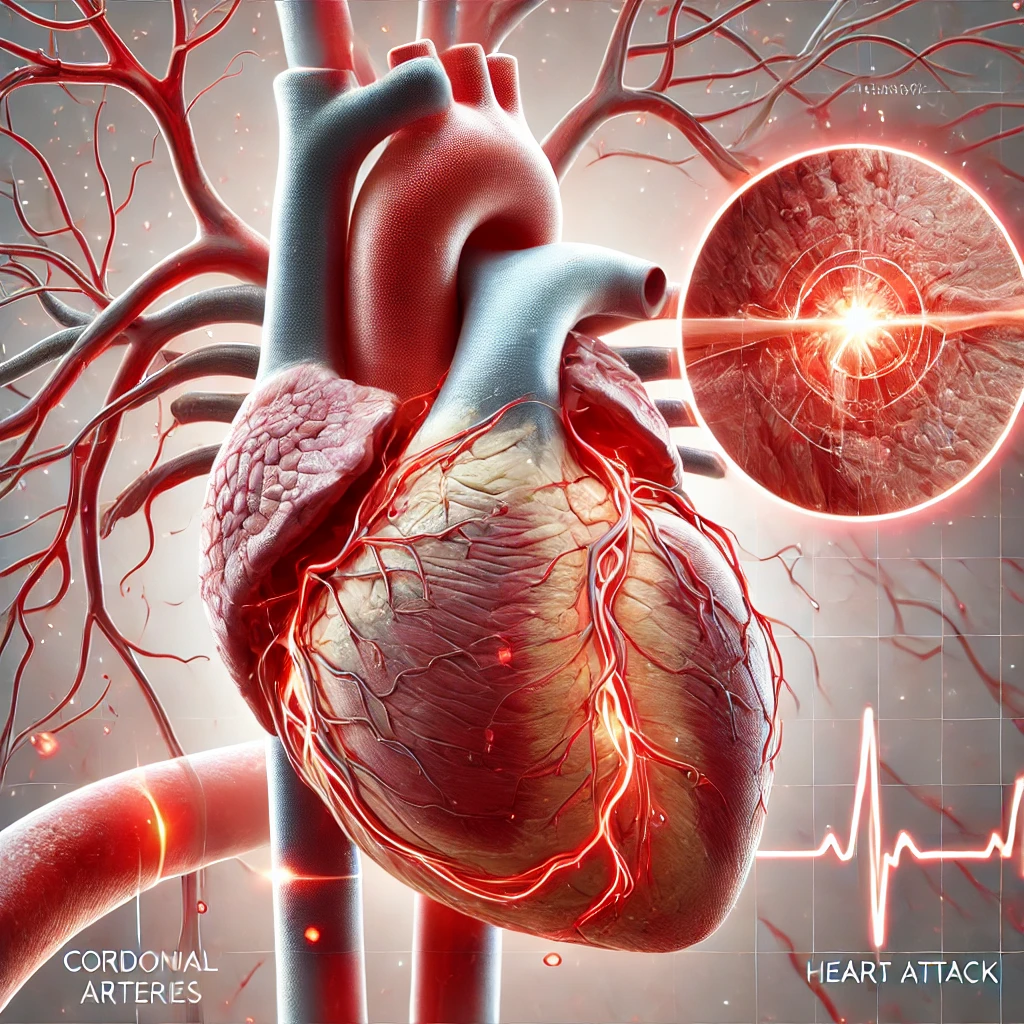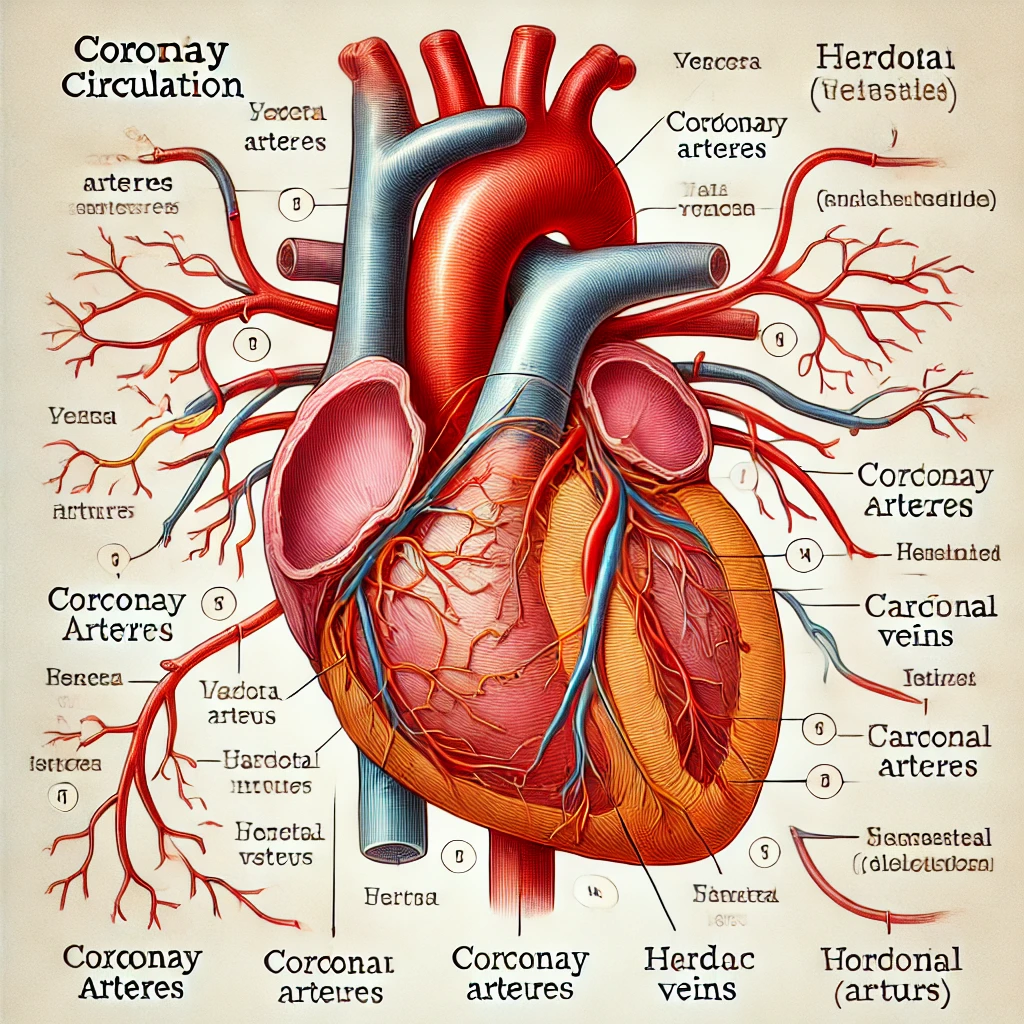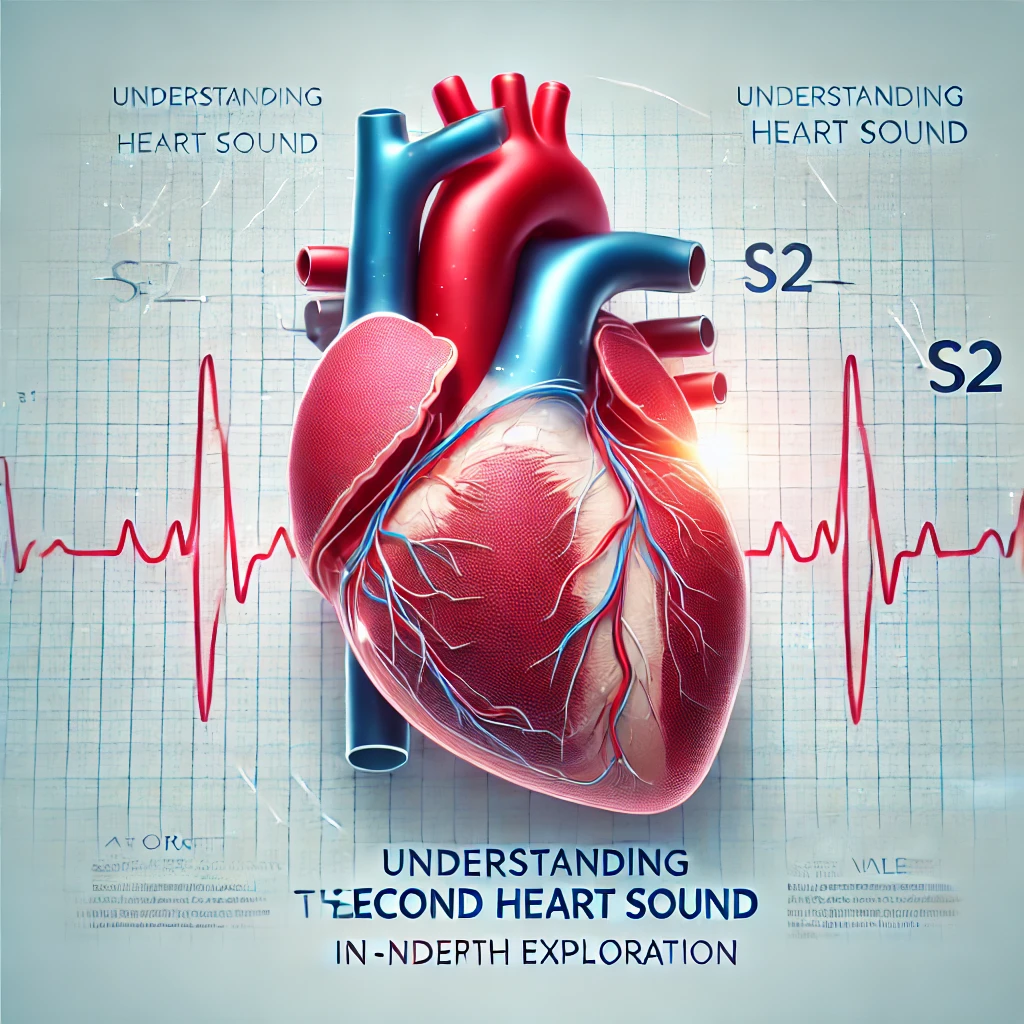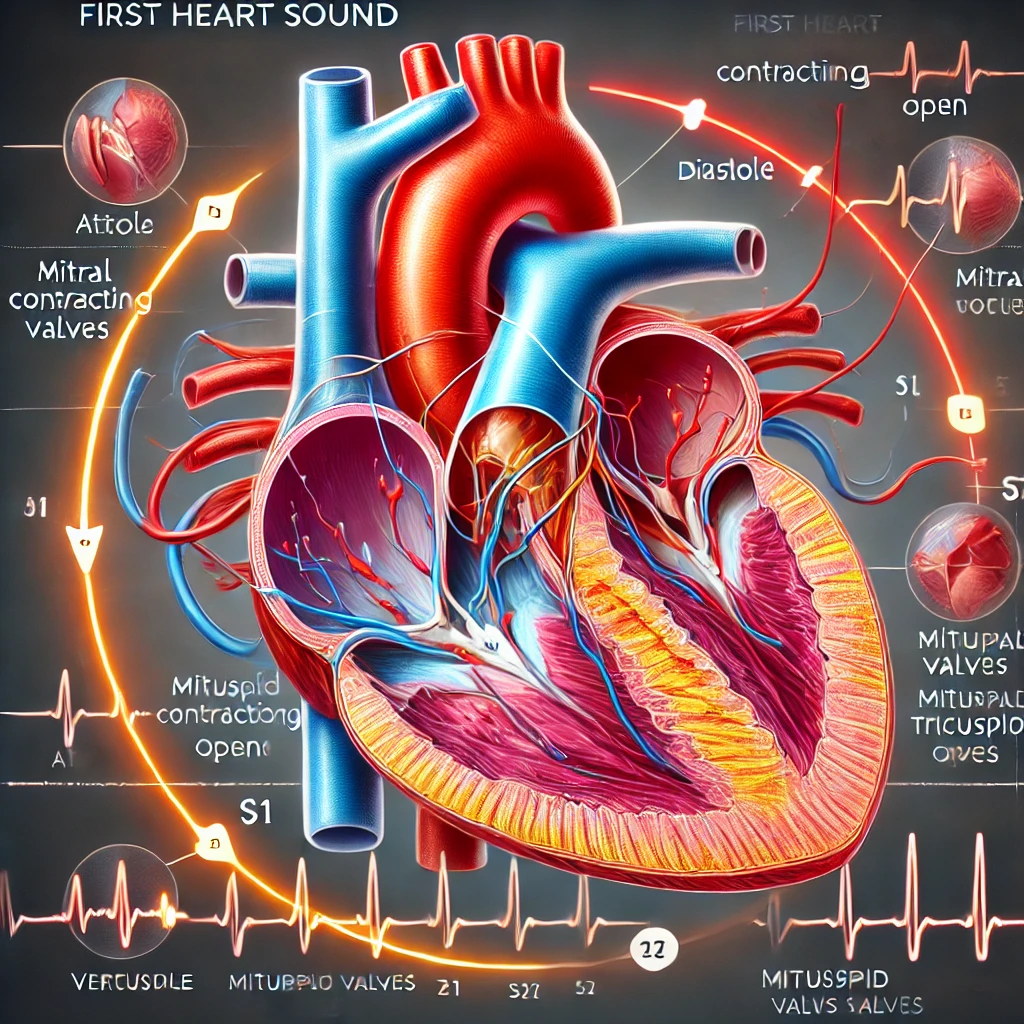Atrioventricular Reciprocating Tachycardia (AVRT)

Introduction
Atrioventricular reciprocating tachycardia (AVRT) is a complex medical condition affecting the heart’s rhythm. It is primarily characterized by an unusually rapid heart rate that can disrupt regular heart function and pose significant health risks.
Understanding the Cardiac Conductive System
Antidromic AVRT
In antidromic AVRT, the electrical impulse travels in the reverse direction. It moves down the accessory pathway to the ventricles and returns up the AV node pathway to the atria. While less common, antidromic AVRT can cause similar symptoms to orthodromic it.
Diagnosis
AVRT is typically diagnosed through patient history, physical examination, and electrocardiogram (ECG). The ECG provides critical insights into the heart’s electrical activity, allowing physicians to identify abnormal rhythms and associated conduction patterns.
Treatment Options for AVRT
Treatment for AVRT aims at controlling the heart rate, preventing future episodes, and managing symptoms. Therapies can include medication, vagal manoeuvres (techniques that use the body’s natural reflexes to slow the heart rate), and cardioversion (a procedure that uses electric shocks to restore a normal heart rhythm).
In more persistent cases, a procedure called catheter ablation may be recommended. This involves destroying the accessory pathway causing irregular heartbeats, thereby interrupting the abnormal circuit.
Living with Atrioventricular Reciprocating Tachycardia
With the proper treatment and management strategies, individuals with AVRT can lead everyday, healthy lives. Individuals must undergo routine check-ups with their healthcare provider and avoid triggers that can cause sudden heart palpitations.
Conclusion
While Atrioventricular reciprocating tachycardia (AVRT) can be a severe condition, advancements in medical technology and treatment approaches have made it possible to manage the condition
effectively. By understanding the nature of this disorder, those affected can engage more proactively in their treatment plan, improving their quality of life.
References:
- American Heart Association
- National Heart, Lung, and Blood Institute (NHLBI)
- Mayo Clinic
- American College of Cardiology
- Cleveland Clinic
Other Articles:
- Atrioventricular Nodal Reentrant Tachycardia (AVNRT): Causes, Symptoms, and Treatments
- Decoding the Heart’s Rhythm: A Comprehensive Look at the Types of Arrhythmia
- Electrocardiograms Decoding the Heart’s Language: Exploring the Wonders of Electrocardiograms (ECGs)
- Clinically Significant Pulse Patterns: A Comprehensive Guide to Diagnosis
- Tetralogy of Fallot: Causes and Risk Factors
Disclaimer: This article provides general information about Atrioventricular Reciprocating Tachycardia (AVRT). It does not offer medical advice. Always consult with a healthcare professional for diagnosis, treatment, and any questions regarding a medical condition.




